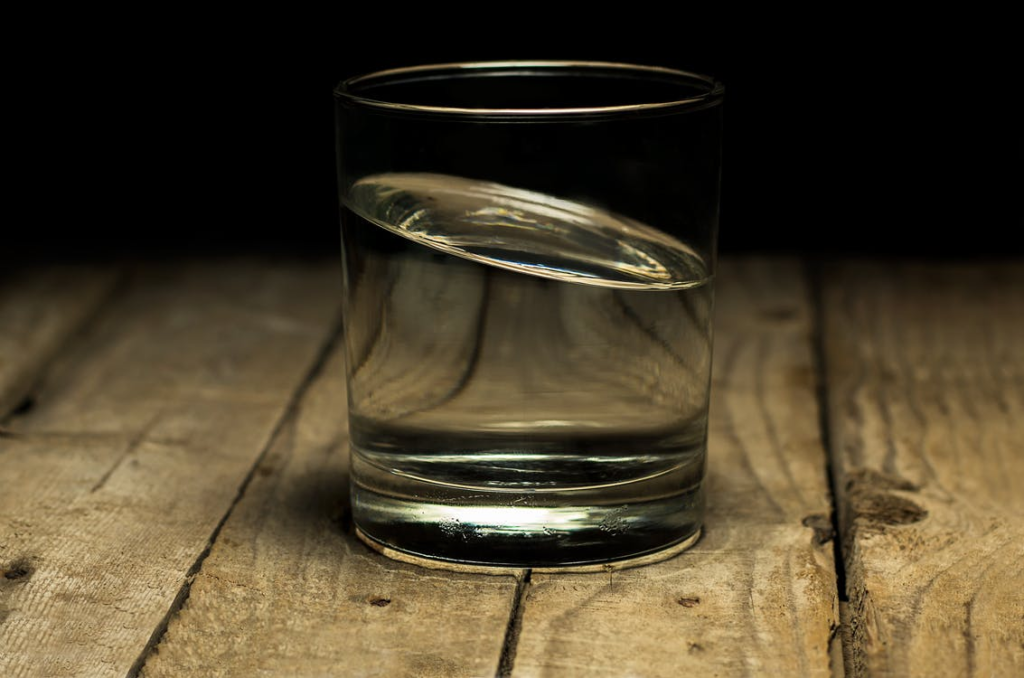John sent this question to Houston Heartburn this past week:
“I had a 190-200 partial fundoplication and small hiatal hernia repair on 12/11/17. I am still suffering with GERD related symptoms. How do I go about getting a revision into s 270 or 360 fundoplication?”
Dear John,
More than 95% of all fundoplications that I perform at Houston Heartburn and reflux Center are 360-degree fundoplication also known as Nissen fundoplication. A floppy and short 360-degree fundoplication is the gold standard approach to GERD treatment. When properly performed, a full wrap is associated with very high success and durability rate. Concomitantly, Nissen fundoplication is associated with a very low complication rate, including post-operative dysphagia, at less than 1%. Key to our success is proper diagnosis and patient selection, as well as meticulous surgical technique.
The partial fundoplication, a 270-degree posterior wrap also known as Toupet fundoplication is as effective as a Nissen fundoplication in controlling GERD symptoms. Toupet fundoplication is, however, believed to be less durable than a 360-degree fundoplication. I don’t think we have solid evidence for such an assumption and I personally believe that a Toupet fundoplication is as durable as a Nissen fundoplication. When I construct a Toupet fundoplication I place deep sutures into the esophageal wall to include esophageal mucosa. Esophagus mucosa is the toughest layer in the esophageal wall and if not incorporated in the suture the repair is considered weak. At Houston Heartburn and reflux Center, we use Toupet fundoplication when the gastric fundus is not large enough to construct a floppy 360-degree fundoplication. Other indications for Toupet fundoplication include GERD cases in the setting of very poor esophageal motility.
A 200-degree fundoplication also known as Dor fundoplication is rarely performed these days. This is an anterior fundoplication that some surgeons still use concomitant with a Heller myotomy for achalasia treatment. I prefer a Toupet fundoplication following Heller myotomy for several reasons. One the posterior partial wrap keeps the myotomy open. Second, gastric fundus is a posterior structure and is more amenable for a posterior rather than anterior plication.
If you had a Dor Fundoplication and you still have acid reflux, then revision to a Toupet or Nissen fundoplication can be performed by an experienced reflux specialist with good outcome. A good workup is needed prior to any revision surgery including upper endoscopy, ambulatory pH testing, esophageal manometry and gastric emptying study.
Healthy Regards,
Dr. Darido

